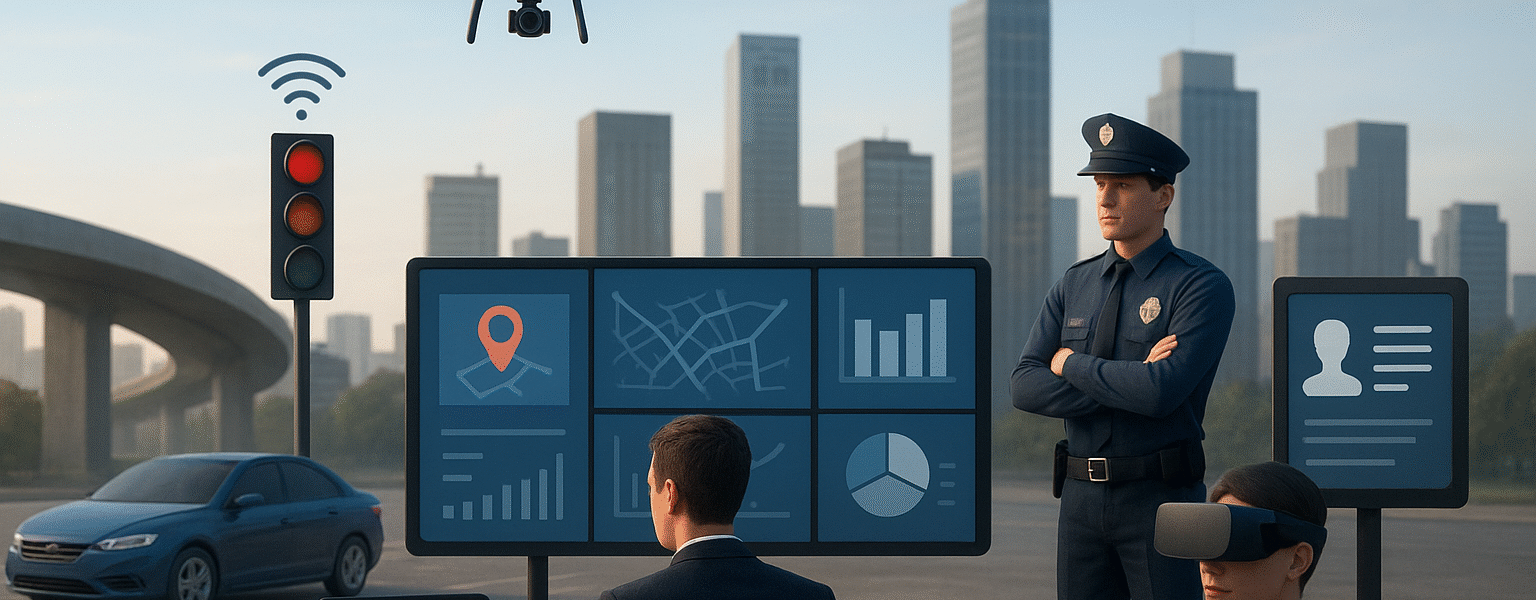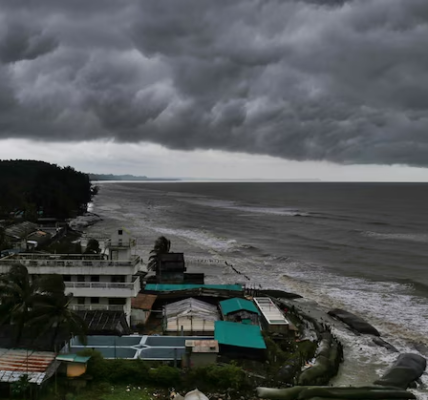By AS Keshav Selvi, CEO – KS Smart Solutions
Indian cities are entering a phase of rapid transformation. As populations grow and infrastructure strains under increased demand, the need for faster, smarter and more coordinated governance has become essential. Across the country, digital technologies such as Artificial Intelligence (AI), the Internet of Things (IoT) and Virtual Reality (VR) are gradually moving from conceptual frameworks to operational reality. Their use is now visible in urban administration, public safety systems and training environments.
The shift represents more than just technological adoption. It signals a broader change in how governance is planned and delivered—moving from reactive responses to proactive, data-informed strategy.
A Move Toward Integrated Urban Command Platforms
In many Indian cities, multiple civic functions—traffic control, sanitation, utilities, emergency response—traditionally operated through separate channels. Coordination often depended on manual communication. The emergence of integrated command and control centres seeks to address this challenge.
These centres act as hubs where operational data from across the city is aggregated and visualised. For example, traffic feeds, environmental sensor readings, surveillance alerts and utility flow data can be monitored simultaneously. This allows city administrators to detect disruptions early, respond strategically and deploy resources efficiently.
The effect is not merely technological improvement, but a shift toward evidence-based governance. Decisions become faster, responses more consistent and accountability more measurable.
Data-Guided Mobility and Resource Management
Traffic congestion and water management remain two of the most critical urban concerns in Indian cities. AI-assisted traffic systems are being used to analyse road density patterns and adjust signal timing based on real-time conditions. In several locations, this has improved traffic movement during peak hours and reduced manual intervention.
Similarly, IoT-based water monitoring systems are being explored to track distribution networks, detect leakages and reduce wastage. When combined with dashboard-based alerts, these systems enable targeted response rather than broad or delayed action.
Environmental data—such as air quality levels and temperature fluctuations—is also increasingly informing public advisory decisions and long-term city planning approaches.
Simulation-Based Training in Defence and Preparedness
In the defence sector, VR-enabled training has gained prominence as an alternative to entirely field-based preparation. High-fidelity simulators are used to rehearse operational procedures, mission planning and emergency scenarios without physical equipment risk. This allows trainees to learn in controlled environments while still engaging in realistic decision-making situations.
The use of domestic simulation platforms also aligns with broader national objectives encouraging self-reliance in defence technologies. The goal is to strengthen preparedness while improving accessibility and standardisation in training systems.
Strengthening Public Safety and Institutional Oversight
AI-based video analytics, incident detection tools and real-time coordination platforms are increasingly being piloted in police operations and secure institutional environments. While these systems enhance situational awareness and support staff response, their deployment requires clear regulatory and ethical frameworks. Maintaining the balance between operational security and responsible data use is central to their long-term acceptance.
The focus remains on systems that improve decision-making, reduce response delays and enhance safety without eroding privacy or institutional safeguards.
A Future Based on Practical, Scalable Integration
The growing use of AI, IoT and VR reflects a transition toward scalable and repeatable system design in governance. Technology is not positioned as a replacement for human judgment, but as a tool that strengthens it. Urban management becomes more coordinated, training becomes more structured and public services become more predictable.
As Indian cities expand, the question is not simply whether technology will be included, but how it will be integrated—in ways that are transparent, accountable and citizen-focused.
The shaping of tomorrow’s cities will depend on how effectively institutions adopt technology not just as infrastructure, but as part of a long-term governance philosophy.





